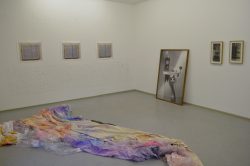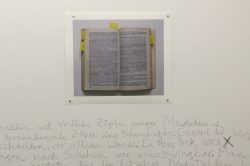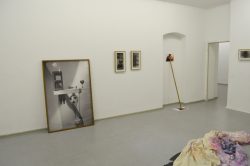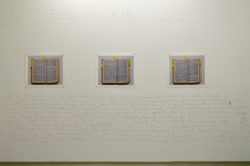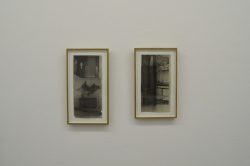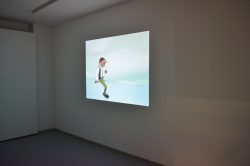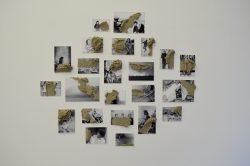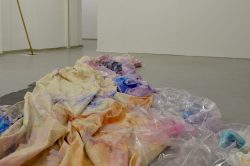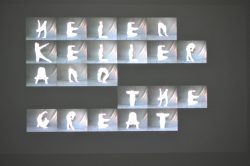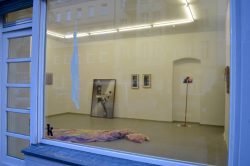MI CASA ES SU CASA – Caught in the influence from Josef Albers to Cecilia Vicuña
October 29 – November 20 2016
Caught in the influence from Josef Albers to Cecilia Vicuña
Cooperation project with Kandor13 (New York) and the Berlin project spaces „rosalux“ and „OKK“
Artists: Alejandro Almanza Pereda – Mexico / Javier Arce – Spain / Balam Bartolome – Mexico / Francia y Jacobo Castellano – Spain / Catherine Czacki – USA / Brock Enright – USA / Andrea Galvani – Italy, Mexico, USA / Daria Irincheeva – Russia, USA / Pablo Jansana – Chile, USA / Esperanza Mayobre – Venezuela, USA/ Lars Laumann – Norway / Santiago Reyes Villaveces – Colombia, London / Carolina Saquel – Chile / Angelica Teuta – Colombia / Cecilia Vicuña – Chile, USA
The proverb “Mi casa es su casa” translates to “My home is you home”, and defines the house as a space to be shared between one another, as a reflection of hospitality and charisma. Therefore, it appears as a problematic phrase when it is read under the light of cultural exchange; to make available what is owned and to appropriate what is of others. The centerline of this example is to inquire about the hospitality between spaces and agents from different backgrounds as a form of production centered on appropriation and exchange. A matter of authorship; international property rights and copyright law that materialize in social objects, and dynamics that exist in a network of cross-cultural influences.
In order to illustrate this idea Kandor13 traced a time spectrum between two works: a chair that looks like a design of the Mexican architect Luis Barragan, but is signed by the artist Josef Albers (a reference of modernism), which was produced by Clara Porset (a Cuban designer) and is now in the Josef Albers Foundation in Conneticut, U.S.A. This chair reveals a long chain of dialogue and influence of different cultures regarding hospitality. The second work is “Leonora Carrington y el viento de los muertos” by the Chilean artista Cecilia Vicuña. In this video, which was produced specifically for this exhibition, Cecilia appears in her garden describing how she met the Surrealist artist Leonora Carrington, who would become an inescapable reference for her paintings. Between the gap of these two works, Kandor13’s artists produced special work on this topic or created a new dialogue with pieces previously produced.
